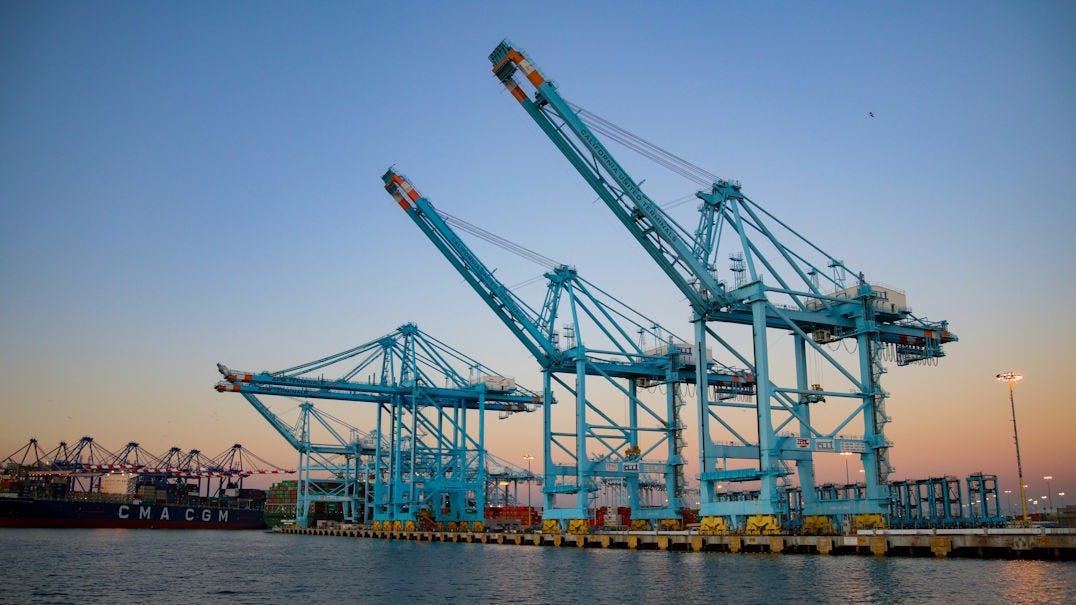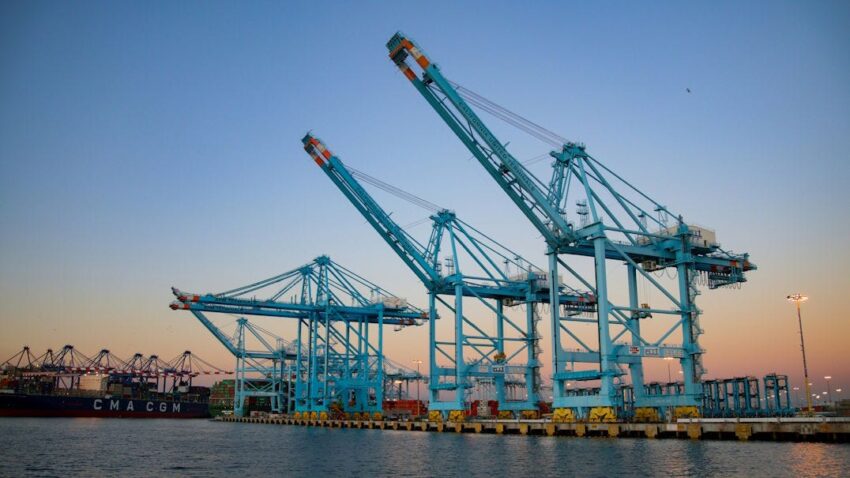
Trump is back with a new round of big tariff announcements. They include a 35% tariff on Canada (America’s top trading partner), 25% tariffs on Japan and South Korea (two key U.S. allies), a 50% tariff on copper (almost half of which the U.S. imports), and various other high tariffs on various other countries.1
So far, stock markets — which plunged after “Liberation Day” in April — appear not to be reacting to the new announcements. Perhaps investors are assuming that Trump will chicken out and “pause” these tariffs, as he has paused most of his others since taking office. Or perhaps they’re assuming the tariffs will be halted by the courts — constitutionally, tariff powers belong to Congress, and Congress has allowed the President to declare tariffs only in an emergency, so if courts rule that America isn’t in an emergency (which of course it’s not), Trump’s powers vanish. It’s also possible (though unlikely) that American investors have changed their minds since April and decided that tariffs aren’t that bad for the real economy.
Whatever the reason, the country seems to have decided that Trump’s tariff announcements are basically just noise, and that there’s no reason to panic unless and until a tariff-driven recession actually materializes.
However, amid all the noise of tariff announcements and pauses and court injunctions, actual U.S. tariffs are higher than they’ve been since the 1930s. Yale Budget Lab estimates that even accounting for Americans switching to different types of consumption goods as a result of the tariffs, the current rate that Americans are now legally required to pay on their imports is around 17%:

Now, legal requirements aren’t the same as actual tariff revenue collections; a lot of companies find ways around the tax, and the U.S. government’s capacity to actually collect this amount of taxes is patchy. But the most recent data we have shows that even in May, revenue from U.S. customs duties had more than doubled since before “Liberation Day”:

So the tariffs are tariffing. But so far they have failed to do one thing that many commentators predicted they would do: raise inflation. As of May, there was no sign that prices were rising faster than normal — indeed, inflation looked tame:
So what’s going on? If you tax something, people should pay more. If people pay more, that means prices go up. So where’s the inflation?
I see three possible explanations. As usual, they aren’t mutually exclusive; the reality could be a combination of the three.
Possibility 1: Tariffs haven’t had time to raise prices yet
Click this link for the original source of this article.
Author: Noah Smith
This content is courtesy of, and owned and copyrighted by, https://noahpinion.substack.com and its author. This content is made available by use of the public RSS feed offered by the host site and is used for educational purposes only. If you are the author or represent the host site and would like this content removed now and in the future, please contact USSANews.com using the email address in the Contact page found in the website menu.









